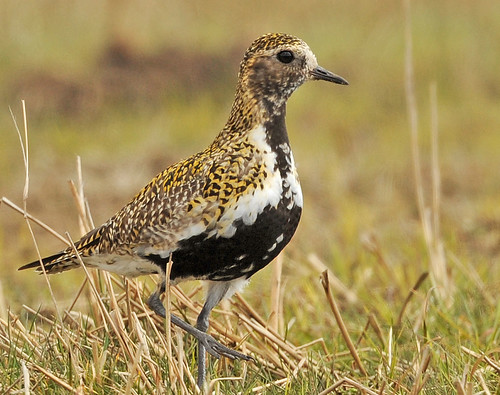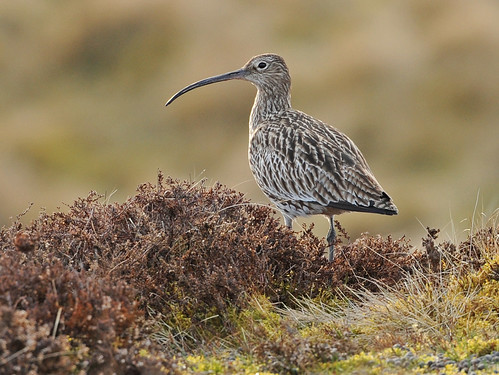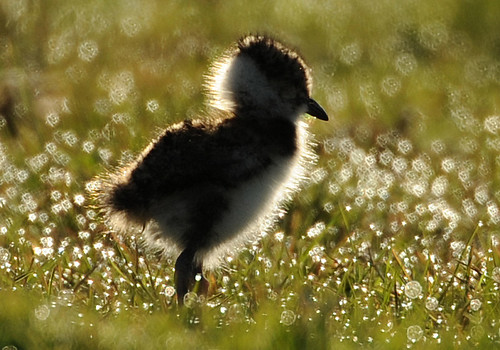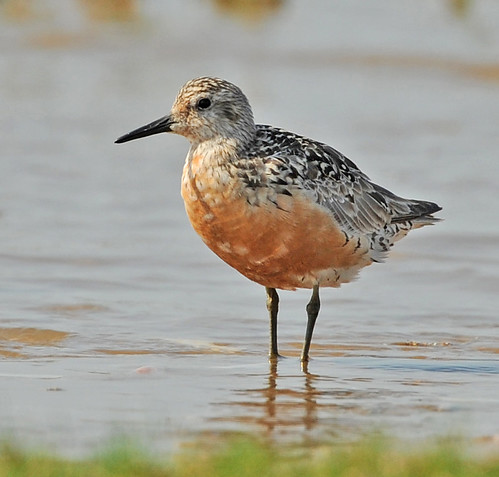Its beginning to look like I'll have to be thankful to get out on a once a week basis at this rate as it was last Monday when I had my last taste of birding....life's a bitch at times.
The days of being up and out by 4.00am died a death the day I threw the towel in on the milk round, but I was at Conder Green just after eight yesterday morning - which is an early start for me these days - and birds in the book are, 2 Spotted Redshank, 3 Greenshank, 5 Common Sandpiper, c.120 Redshank, 6 Dunlin, House Martin activity at River Winds, and at least 15 Swift going south. The 'Best Bird Award' for me at Conder Green today went to a Whimbrel, ,just a bit unusual for me in the creeks. I noted a female Tufted Duck as the only duck on Conder Pool, this is almost certainly the same individual I saw with eight ducklings - an excellent record here - on Thursday 19 July in which case this unfortunate bird has lost its entire brood.
Swift Isidro Ortiz
I reckon if I'd kept my eyes to the skies there was a movement of Swifts south through Conder Green this morning. At Glasson Dock on the Lune Estuary an adult Mediterranean Gull was the only bird of note.
Two hours at Cockersands resulted in little more than some healthy legwork with some estimates on a 'mutt free' Plover Scar of 260 Oystercatcher, 220 Golden Plover, 30 Dunlin, and at least 3 Whimbrel with some heard not seen, 13 Eider off here, and 4 Wheatear were a reminder of the time of year, c.250 Lapwing were taking advantage of a recently cut field.
A circuit turned up a Little Grebe on Freeman's Pools, with 8 Long-tailed Tit, a pair of Reed Buntings in the hedgerow....
Whimbrel Dave Appleton
Two hours at Cockersands resulted in little more than some healthy legwork with some estimates on a 'mutt free' Plover Scar of 260 Oystercatcher, 220 Golden Plover, 30 Dunlin, and at least 3 Whimbrel with some heard not seen, 13 Eider off here, and 4 Wheatear were a reminder of the time of year, c.250 Lapwing were taking advantage of a recently cut field.
Green Sandpiper Antonio Puigg
Two hours at Aldcliffe turned out to be a bit of a struggle to find anything, but a Green Sandpiper was on what is arguably the best flood in the north in prime condition at the moment.
Little Grebe Dave Appleton
A circuit turned up a Little Grebe on Freeman's Pools, with 8 Long-tailed Tit, a pair of Reed Buntings in the hedgerow....
Little Egret Brian Rafferty
....and a Little Egret on the marsh.
And finally, a plug for 'The Rambling Artist'....free of charge of course.
And finally, a plug for 'The Rambling Artist'....free of charge of course.
Sharon refers to this painting as....'another go at painting the Kingfisher'....pretty good I reckon don't you. If you like the world of art, painting, and a mix of mountain rambling TRY HERE















.jpg)






-copy.jpg)







.jpg)












.jpg)

